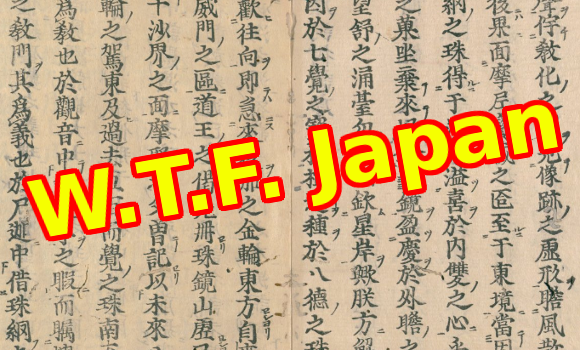
Kanji, go home. You’re drunk.
A little while ago we took a look at the most difficult kanji ever – the ones with the most strokes. But that was only the beginning. Now that we’ve stepped into the world of crazy kanji, there’s no going back. The only path is straight forward through the thick kanji woods, and along the way we’re going to spot some really weird specimens.
That’s why today we’re counting down the top five strangest kanji ever. Like last time, we’re concentrating mostly on kanji that are in the Morohashi Daikanwa Jiten, the official dictionary of pretty much every kanji that has ever been written down.
I’ve spent hours exploring the Morohashi for the most bizarre kanji ever, and now I’m here with you, a changed man with some very strange tales to tell.
So let’s get to it! Starting off with…
#5. I think my kanji is broken
Oh. Oh, my god, what did they do to that poor kanji?
Even beginning learners of Japanese will recognize the kanji 中 as meaning “middle/inside.” So then what happened here with this poor guy? Did someone bend his bottom stroke out of shape? Did he take a cannonball to the gut?
▼ Nope. According to Morohashi, this is just an old form of 中.
I guess 中 must’ve done some weird experimenting in his adolescent years.
But then you get something like this…
Seeing this kanji reminds me of the scene in Monty Python and the Holy Grail where they go into a cave and read symbols off a wall that someone died while carving.
That… makes it sound really not funny, so watch this video below for a better idea:
▼ Skip to 1:15 for the most probable hypothesis for this kanji’s creation.
Basically the only way I can imagine this kanji coming into existence is an old, decrepit kanji master writing out some characters suddenly has a heart attack, dies, and his disciples decide to preserve the last kanji he wrote in his memory. Is there any other way to explain that squiggle?
▼ Aside from the fact that the squiggle is an old form
of the kanji 雲 (“cloud”) – no, there is no way to explain it.
#4. Something’s not quite right here
So when you start to learn kanji, you learn some basic rules. Things like: they’re mostly made up of radicals, you write them top to bottom left to right, you mostly use straight lines, and so on.
One thing you don’t learn, however, is that apparently pitchforks are part of some kanji.
For anyone who has studied kanji before, this just looks… wrong. Kanji aren’t supposed to bend like that. Coupled with the eerie symmetry it’s just making me uncomfortable.
▼ This kanji is an older version of 葵 (“hollyhock flower”).
Some of those other entries nearby it look a little unsettling too.
Speaking of unsettling…
Somebody help that defenseless kanji up! It’s fallen over and- oh. It’s supposed to be that way? The poor, poor thing.
Yup, that’s right. This kanji isn’t upside down; that’s just how it looks. And best of all, this kanji isn’t even an older version or variant of something else – it’s a legit kanji with its own meaning. Let’s see what the definitions are:
▼ Okay, so the first definition is kakeru, which can mean a variety
of things from “wearing glasses” to “hanging something.”
▼ And the second definition is… ahem, “boy’s genital area.”
Well, I guess that makes sense for the “hanging” part of the definition?
#3. Those curves tho
There are some things that just do not look flattering on kanji, and curves are one of them. Sure, a few slight arcs here and there are fine, but straight-up circles and loops? What do you think you’re drawing here, a breakfast cereal?!
▼ That is NOT cool, Capt. Kanji! NOT cool!
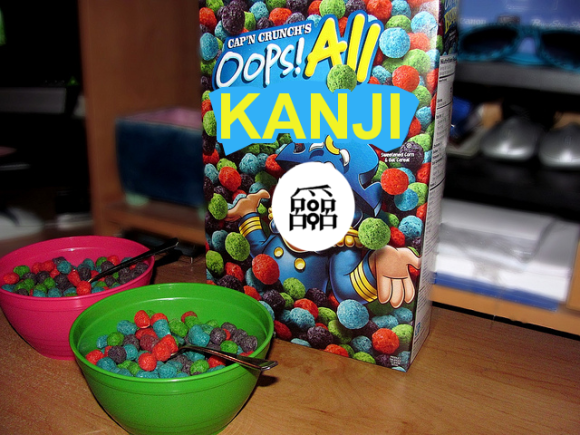
▼ This kanji is an old form of 戀 which itself is an older form of 恋 (“love”) .
Expect no love in return if you show someone this kanji.
Oh hey, look what the tiger dragged in.
▼ Yup, this curvaceous beast is the old form of 虎 (“tiger”).
Because when I think “tiger” I also think “breast cancer awareness ribbon.”
And then there’s this thing.
You know, I’ve never been a fan of double-loop rollercoasters, and I can’t say I’m a fan of double-loop kanji either. I mean, you go through all the trouble of coming up with a bunch of standardized radicals and strokes, and then what? You throw it all out the window because you feel like doing some loop-de-loops?
I guess some people just want to watch the world turn.
▼ This kanji is the old form of 官 (“office/government”).
At least it looks like a human wrote it because the next kanji on the list are…
#2. From an alien language
I’m sorry, but I’m having a hard time believing that human hands would ever create something like that.
Those who have studied kanji before know that there are pretty much only four types of strokes that all kanji are built on: the line (一), the hook (亅), the brush (丿), and the dot (丶). Even though that last one is called a “dot,” it’s not usually written as a point but instead as a very short brush stroke. Making an actual, circular dot in the kanji is just something you never see, unless you’re looking at these alien-like weirdos.
But wait a minute. That kanji’s shape… that eye… it all looks very familiar.
▼ Illumi-kanji confirmed!
This symbol with an all seeing eye on top of a pyramid on the dollar note is fascinating. Anybody know it's history? pic.twitter.com/hovokypaJE
— Ali (@Musicalcatlover) June 5, 2016
▼ Unfortunately this is a real kanji, the old version
of 靑 (“blue/green, youth”). So many youthful mistakes.
Oh god, it grew another eye! I can just imagine it hopping around on its single leg, dripping alien-goo everywhere.
▼ Or it’s just the old version of 玄 (“mysterious, natural, black”).
The only thing that’s mysterious here are those two eyeballs!
I don’t know, there’s something almost cute about this one. I feel like it’s some sort of alien-dog with its tongue hanging out, or a man with a long nose and flag for a hat who’s looking at me sideways.
▼ And look at that, it’s another version of the kanji 丑 (“ox”).
I guess that explains aliens’ penchant for abducting livestock.
Then there’s this, which I have no explanation for. We’ve already talked about how wrong it is for kanji to have curves, so this snake-like backwards S is just creepy. I’d expect to see this symbol on a button inside a UFO being pressed by an alien tentacle.
▼ This kanji is the old version of 巨 (“gigantic”). That’s also the kanji in
Shingeki no Kyojin (Attack on Titan), which basically explains everything.
And the #1 strangest kanji ever is…
.
.
.
.
.
.
.
.
.
.
1. WTF IS HAPPENING?! KANJI, ARE YOU OKAY?!
Curves… circles… loops… one giant stroke to end all strokes… what is going on here?!
There are two explanations out there for this kanji’s meaning, because it’s just so weird that no one can seem to agree what it’s used for: (1) it’s used phonetically for the sound “in,” or (2) it’s a variant on the kanji 一 (“one”). Yep, that’s right. One simple stroke going from left to right just wasn’t good enough for some ancient scribe, and they decided to turn one of the few kanji everyone can agree on into some meandering monster.
To be fair, this kanji isn’t in the Morohashi dictionary. It’s a bonji, characters used in transcriptions of Sanskrit and Buddhist texts.
But that doesn’t make it any less real than the other kanji on this list; here it is being used in the Shakumaka Enron, a 7-8th century collection of Buddhist writings translated into Chinese (and marked up to be read in Japanese).
▼ It kind looks like whoever was writing this fell asleep
partway through, woke up, and just continued as if nothing happened.
▼ And good god! What is that kanji next to it? It looks like two 山 (“mountain”)
kanji came together and had an abomination of a baby,
But that’s not to say there aren’t any bonji in the Morohashi. Here’s one that looks more like an alphabet reject than a kanji:
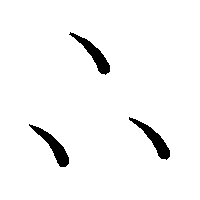
phonetically for the sound “i.” Well, it gets points for trying.
There are plenty of other bonji out there, but with few of them appearing in Morohashi, it’s hard to validate them. Still, if you ever come across one in your kanji travels, be sure to bear this piece of advice in mind:
▼ Just play dead, let it sniff you,
and pray it leaves without a fight.
So there you have it, the top five strangest kanji ever. What’s the strangest kanji you’ve ever come across? Let us know in the comments so that we can petition the editors of Morohashi to get these new finds into the next edition!
References: Ishimizu Sugoi Kanji, Miyasui! Kanji Beya no Kanji
Featured/top image: National Diet Library (Edited by RocketNews24)
Insert images: GlyphWiki
Photos: ©RocketNews24
I’ll be back next Thursday with some autumn Japanese treats. In the meantime, give me a follow on Twitter and let me know if there’s any topics you’d like to see covered on W.T.F. Japan. See you next week!

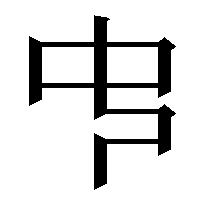
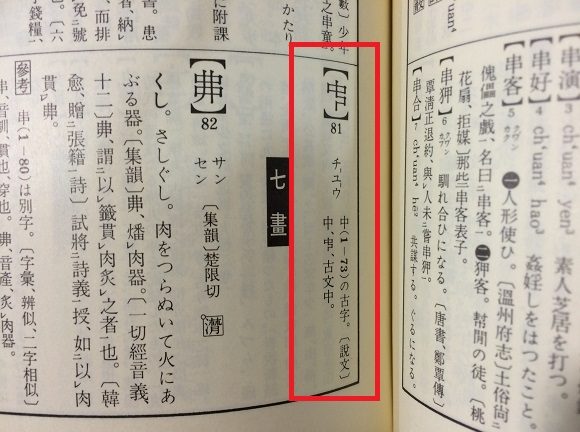
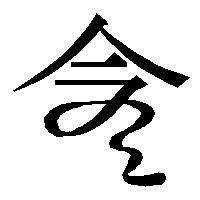
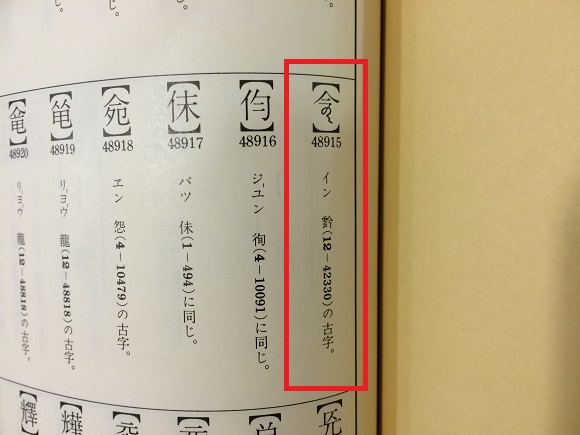
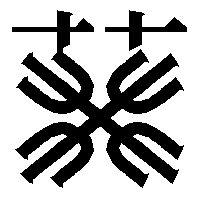
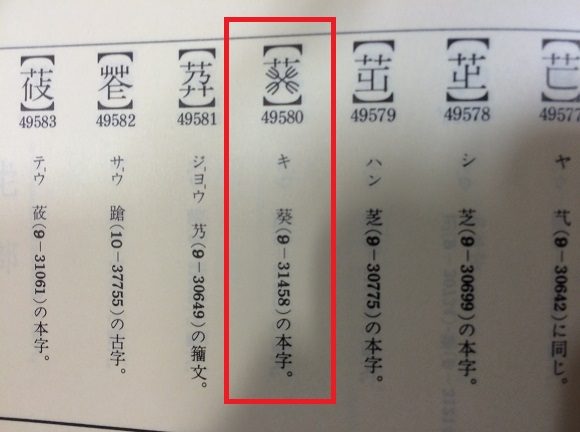
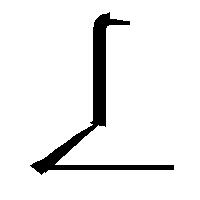
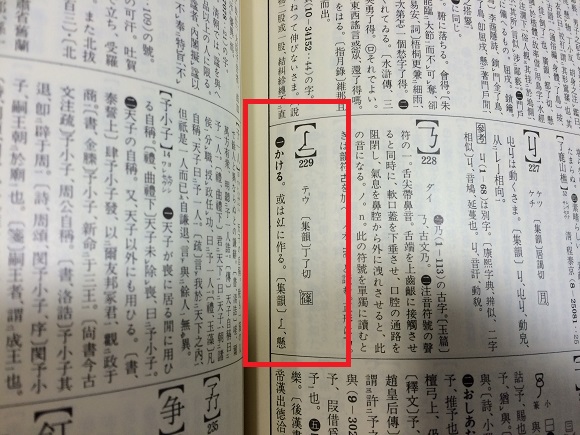
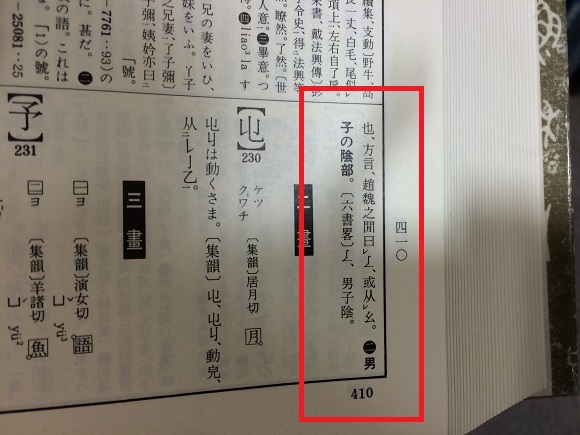
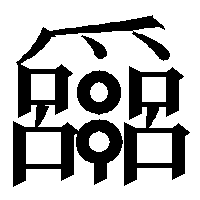
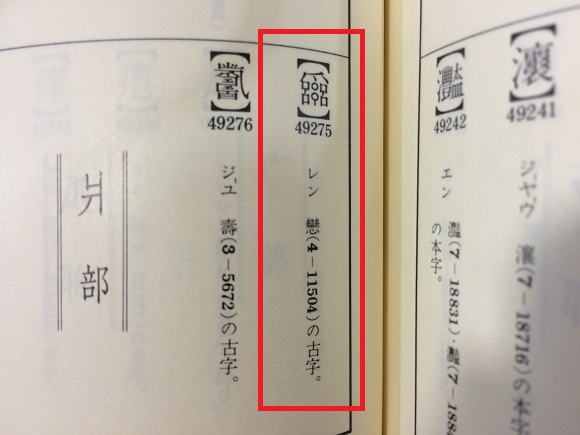
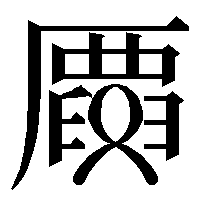
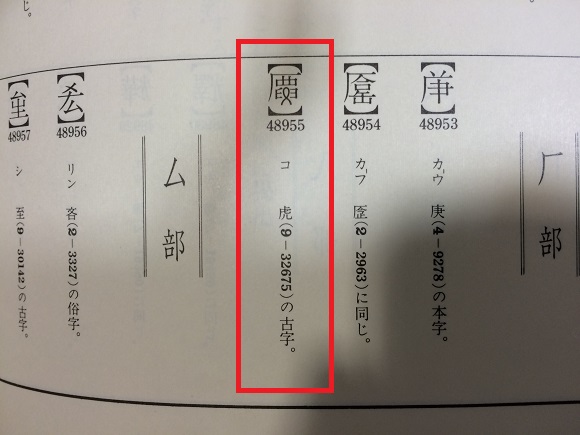
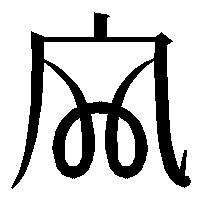
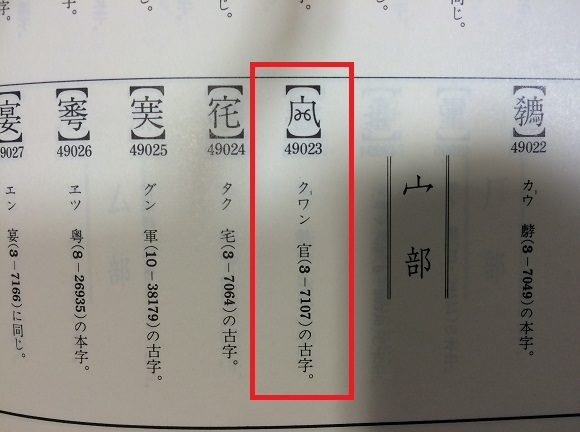
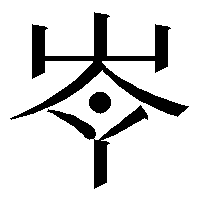
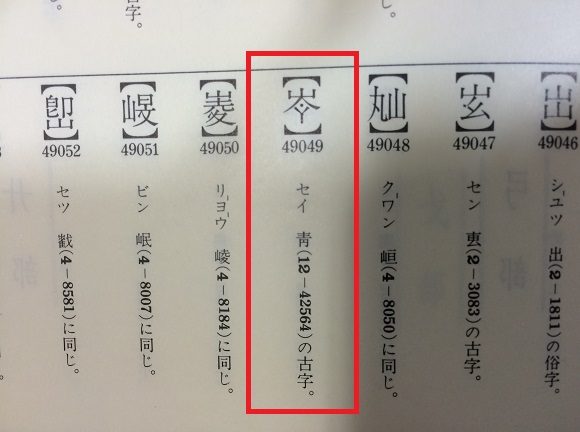
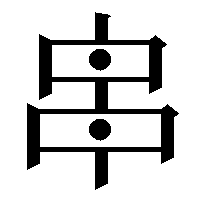

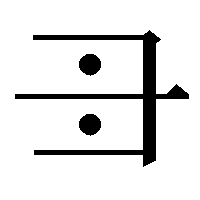
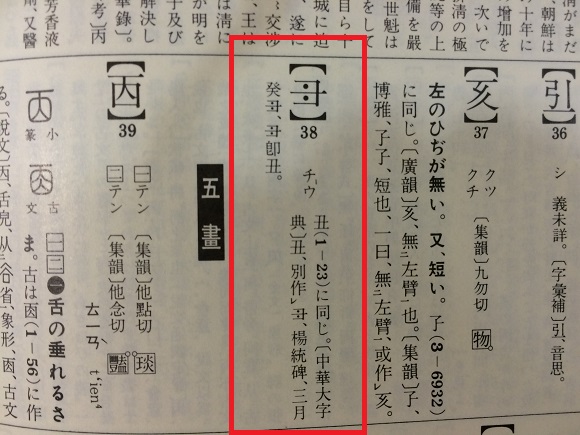
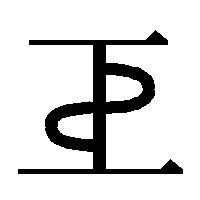

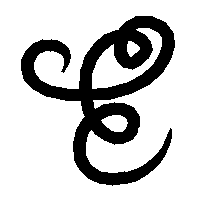

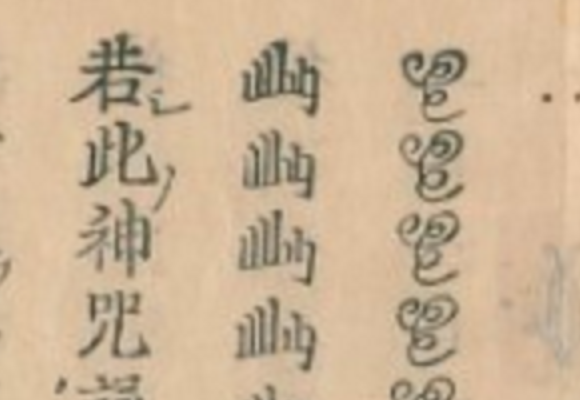
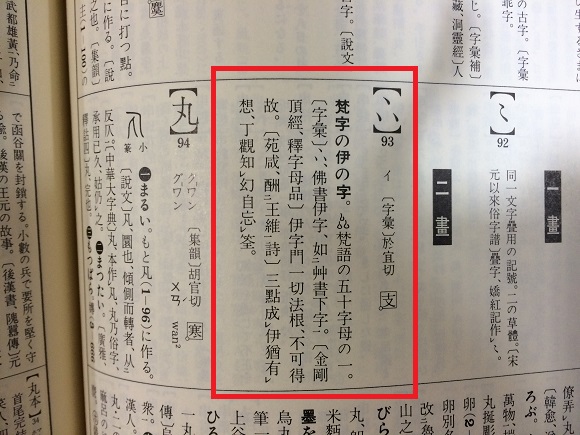
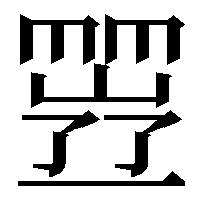
 W.T.F. Japan: Top 5 most difficult kanji ever【Weird Top Five】
W.T.F. Japan: Top 5 most difficult kanji ever【Weird Top Five】 W.T.F. Japan: Top 5 kanji with the longest readings 【Weird Top Five】
W.T.F. Japan: Top 5 kanji with the longest readings 【Weird Top Five】 W.T.F. Japan: Top 5 most ridiculous kanji handwriting shortcuts【Weird Top Five】
W.T.F. Japan: Top 5 most ridiculous kanji handwriting shortcuts【Weird Top Five】 W.T.F. Japan: One year anniversary special! Top 5 W.T.F. Japan articles 【Weird Top Five】
W.T.F. Japan: One year anniversary special! Top 5 W.T.F. Japan articles 【Weird Top Five】 W.T.F. Japan: Top 5 most insane kanji place names in Japan【Weird Top Five】
W.T.F. Japan: Top 5 most insane kanji place names in Japan【Weird Top Five】 What did Shibuya really look like after the crowds on New Year’s Day?
What did Shibuya really look like after the crowds on New Year’s Day? That time Seiji called JASRAC to ask why he didn’t get paid royalties for his song being on TV
That time Seiji called JASRAC to ask why he didn’t get paid royalties for his song being on TV Cup Noodle tries an authentic Jiro-style ramen, but something’s not quite right
Cup Noodle tries an authentic Jiro-style ramen, but something’s not quite right Hayao Miyazaki says Happy New Year to Studio Ghibli fans with new art for Year of the Horse
Hayao Miyazaki says Happy New Year to Studio Ghibli fans with new art for Year of the Horse We revisited Sweets Paradise after a decade to see if Japan’s dessert buffet still delivers
We revisited Sweets Paradise after a decade to see if Japan’s dessert buffet still delivers Starbucks Japan ready to get Year of the Horse started with adorable drinkware and plushies【Pics】
Starbucks Japan ready to get Year of the Horse started with adorable drinkware and plushies【Pics】 Combining all of Nissin’s new Cup Noodle series into one powerful bowl of ramen
Combining all of Nissin’s new Cup Noodle series into one powerful bowl of ramen Japanese thug wear from Birth Japan perfect for those breaking bad next year
Japanese thug wear from Birth Japan perfect for those breaking bad next year Have your dessert/drink in a bowl of melon — at revolving sushi restaurant Sushiro!
Have your dessert/drink in a bowl of melon — at revolving sushi restaurant Sushiro! Pizza Hut Japan’s hot lucky bags are perfect for a New Year’s pizza party
Pizza Hut Japan’s hot lucky bags are perfect for a New Year’s pizza party 7 great places to see Mt. Fuji from without having to climb it
7 great places to see Mt. Fuji from without having to climb it Cyberpunk anime meets traditional culture in Ghost in the Shell gold leaf Japanese changing screens
Cyberpunk anime meets traditional culture in Ghost in the Shell gold leaf Japanese changing screens Hello Kitty Choco Egg figures are an adorable trip through three periods of Japanese pop culture【Pics】
Hello Kitty Choco Egg figures are an adorable trip through three periods of Japanese pop culture【Pics】 We found possibly the quietest Japanese-style hotel in Tokyo’s bustling Shinjuku district
We found possibly the quietest Japanese-style hotel in Tokyo’s bustling Shinjuku district 7-Eleven Japan’s ramen-cooking robot whipped us up a bowl of noodles【Taste test】
7-Eleven Japan’s ramen-cooking robot whipped us up a bowl of noodles【Taste test】 Sumo Sanrio! Hello Kitty and pals team up with Japan Sumo Association for new merch【Pics】
Sumo Sanrio! Hello Kitty and pals team up with Japan Sumo Association for new merch【Pics】 Japan’s oldest largetooth sawfish in captivity back on display in Mie Prefecture
Japan’s oldest largetooth sawfish in captivity back on display in Mie Prefecture More Than a Capsule Stay: Why Solo Travelers Choose “global cabin Yokohama Chinatown”
More Than a Capsule Stay: Why Solo Travelers Choose “global cabin Yokohama Chinatown” 7-Eleven Japan starts new temporary luggage storage service in over 300 branches
7-Eleven Japan starts new temporary luggage storage service in over 300 branches Disillusionment at Tsukiji’s tourist-target prices led us to a great ramen restaurant in Tokyo
Disillusionment at Tsukiji’s tourist-target prices led us to a great ramen restaurant in Tokyo Starbucks teams up with 166-year-old Kyoto doll maker for Year of the Horse decorations【Photos】
Starbucks teams up with 166-year-old Kyoto doll maker for Year of the Horse decorations【Photos】 Tokyo considering law requiring more trash cans following litter increase in heavily touristed area
Tokyo considering law requiring more trash cans following litter increase in heavily touristed area Tokyo’s Tsukiji sushi neighborhood asks tour groups to stay away for the rest of the month
Tokyo’s Tsukiji sushi neighborhood asks tour groups to stay away for the rest of the month Tokyo event lets you travel back in time, for free, to celebrate 100 years since Showa era start
Tokyo event lets you travel back in time, for free, to celebrate 100 years since Showa era start Sanrio theme park in Japan announces plans to expand into a Sanrio resort
Sanrio theme park in Japan announces plans to expand into a Sanrio resort Japan may add Japanese language proficiency, lifestyle classes to permanent foreign resident requirements
Japan may add Japanese language proficiency, lifestyle classes to permanent foreign resident requirements Stamina-destroying “Paralysis Noodles” are Tokyo’s newest over-the-top ramen innovation
Stamina-destroying “Paralysis Noodles” are Tokyo’s newest over-the-top ramen innovation Survey asks foreign tourists what bothered them in Japan, more than half gave same answer
Survey asks foreign tourists what bothered them in Japan, more than half gave same answer Japan’s human washing machines will go on sale to general public, demos to be held in Tokyo
Japan’s human washing machines will go on sale to general public, demos to be held in Tokyo Japan’s deadliest food claims more victims, but why do people keep eating it for New Year’s?
Japan’s deadliest food claims more victims, but why do people keep eating it for New Year’s? We deeply regret going into this tunnel on our walk in the mountains of Japan
We deeply regret going into this tunnel on our walk in the mountains of Japan Studio Ghibli releases Kodama forest spirits from Princess Mononoke to light up your home
Studio Ghibli releases Kodama forest spirits from Princess Mononoke to light up your home Major Japanese hotel chain says reservations via overseas booking sites may not be valid
Major Japanese hotel chain says reservations via overseas booking sites may not be valid Put sesame oil in your coffee? Japanese maker says it’s the best way to start your day【Taste test】
Put sesame oil in your coffee? Japanese maker says it’s the best way to start your day【Taste test】 No more using real katana for tourism activities, Japan’s National Police Agency says
No more using real katana for tourism activities, Japan’s National Police Agency says Starbucks Japan reveals new sakura drinkware collection, inspired by evening cherry blossoms
Starbucks Japan reveals new sakura drinkware collection, inspired by evening cherry blossoms Updated cherry blossom forecast shows extra-long sakura season for Japan this year
Updated cherry blossom forecast shows extra-long sakura season for Japan this year W.T.F. Japan: Top 5 kanji with ironic meanings【Weird Top Five】
W.T.F. Japan: Top 5 kanji with ironic meanings【Weird Top Five】 W.T.F. Japan: Top 5 strangest ways to be polite in Japan 【Weird Top Five】
W.T.F. Japan: Top 5 strangest ways to be polite in Japan 【Weird Top Five】 W.T.F. Japan: Top 5 strangest Japanese home goods【Weird Top Five】
W.T.F. Japan: Top 5 strangest Japanese home goods【Weird Top Five】 W.T.F. Japan: Top 5 most confusing Japanese compound words【Weird Top Five】
W.T.F. Japan: Top 5 most confusing Japanese compound words【Weird Top Five】 W.T.F. Japan: Top 5 myths about learning Japanese【Weird Top Five】
W.T.F. Japan: Top 5 myths about learning Japanese【Weird Top Five】 W.T.F. Japan: Top 5 strange Japanese office occurrences【Weird Top Five】
W.T.F. Japan: Top 5 strange Japanese office occurrences【Weird Top Five】 W.T.F. Japan: Top 5 best Tamagotchi releases 【Weird Top Five】
W.T.F. Japan: Top 5 best Tamagotchi releases 【Weird Top Five】 W.T.F. Japan: Top 5 nicest sounds in Japan【Weird Top Five】
W.T.F. Japan: Top 5 nicest sounds in Japan【Weird Top Five】 W.T.F. Japan: Top 5 strange things Japanese people do for Christmas【Weird Top Five】
W.T.F. Japan: Top 5 strange things Japanese people do for Christmas【Weird Top Five】 W.T.F. Japan: Top 5 confusing Japanese Internet slang words 【Weird Top Five】
W.T.F. Japan: Top 5 confusing Japanese Internet slang words 【Weird Top Five】 W.T.F. Japan: Top 5 hardest Japanese habits to break 【Weird Top Five】
W.T.F. Japan: Top 5 hardest Japanese habits to break 【Weird Top Five】 W.T.F. Japan: The top five “sora” references of all time! 【Weird Top Five】
W.T.F. Japan: The top five “sora” references of all time! 【Weird Top Five】 W.T.F. Japan: Top 5 Japanese words with cool ancient origin stories【Weird Top Five】
W.T.F. Japan: Top 5 Japanese words with cool ancient origin stories【Weird Top Five】 W.T.F. Japan: Top 5 most famous pet dogs in Japan【Weird Top Five】
W.T.F. Japan: Top 5 most famous pet dogs in Japan【Weird Top Five】 W.T.F. Japan: Top 5 most confusing Japanese counter words【Weird Top Five】
W.T.F. Japan: Top 5 most confusing Japanese counter words【Weird Top Five】 W.T.F. Japan: Top 5 most perfectly translated Pokémon names【Weird Top Five】
W.T.F. Japan: Top 5 most perfectly translated Pokémon names【Weird Top Five】
Leave a Reply